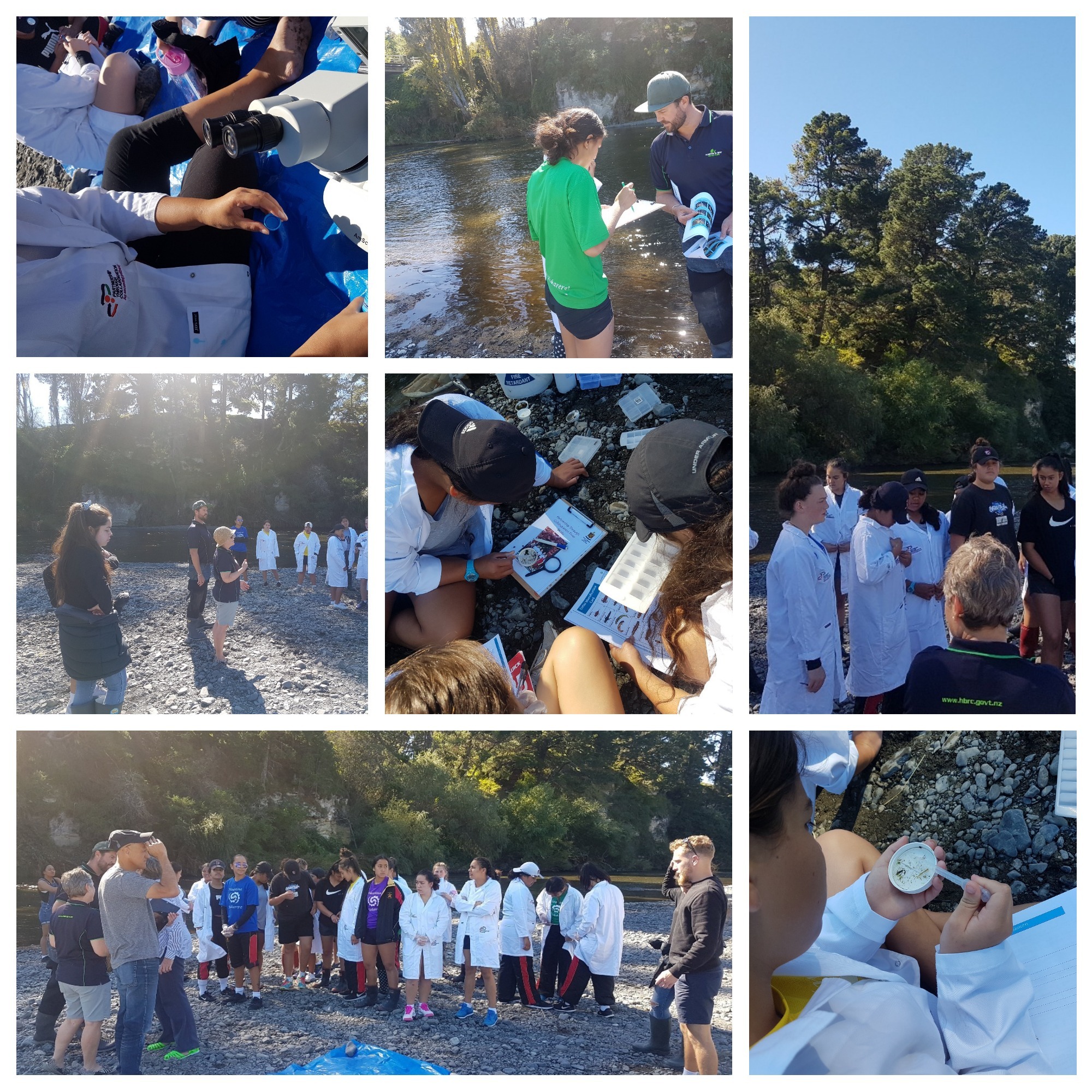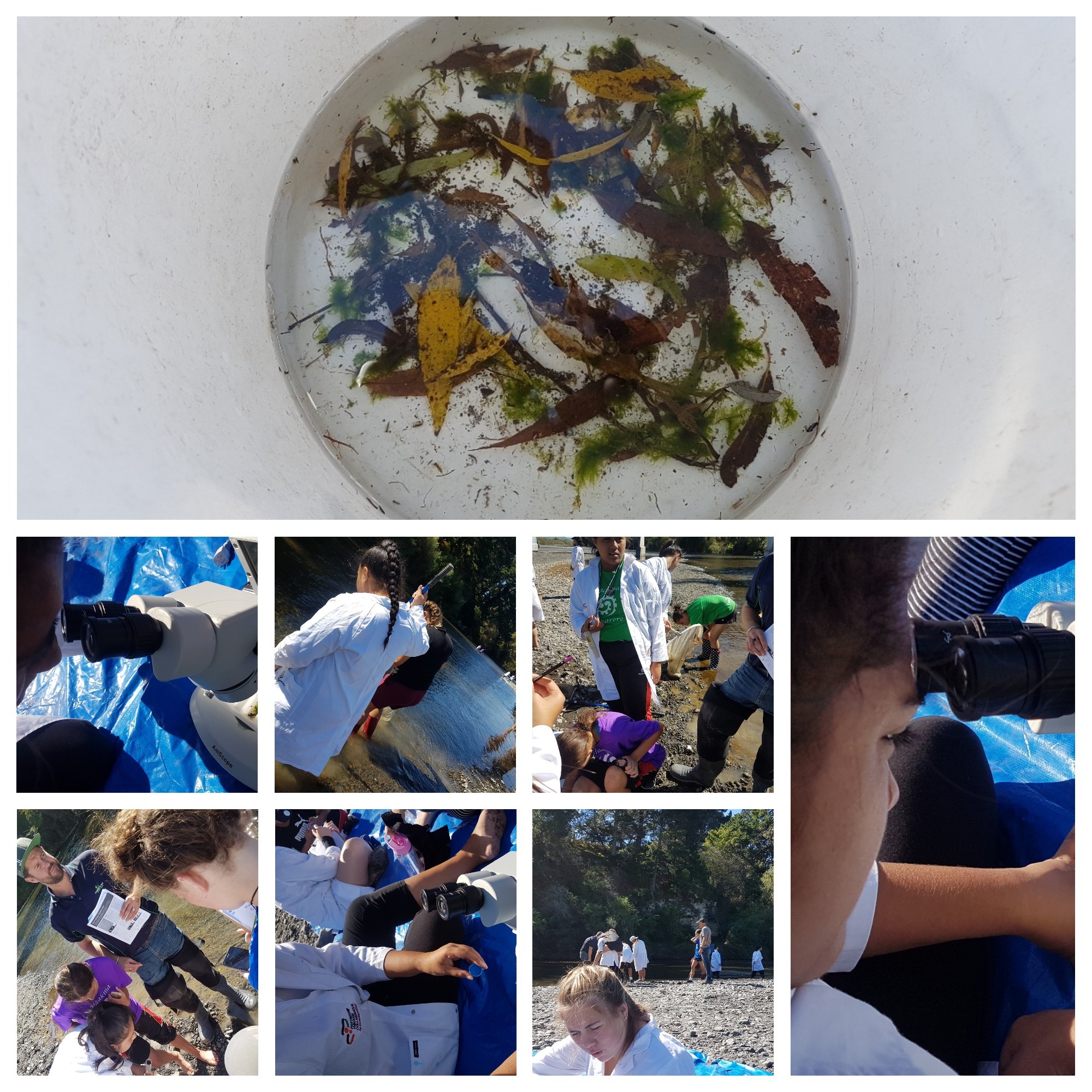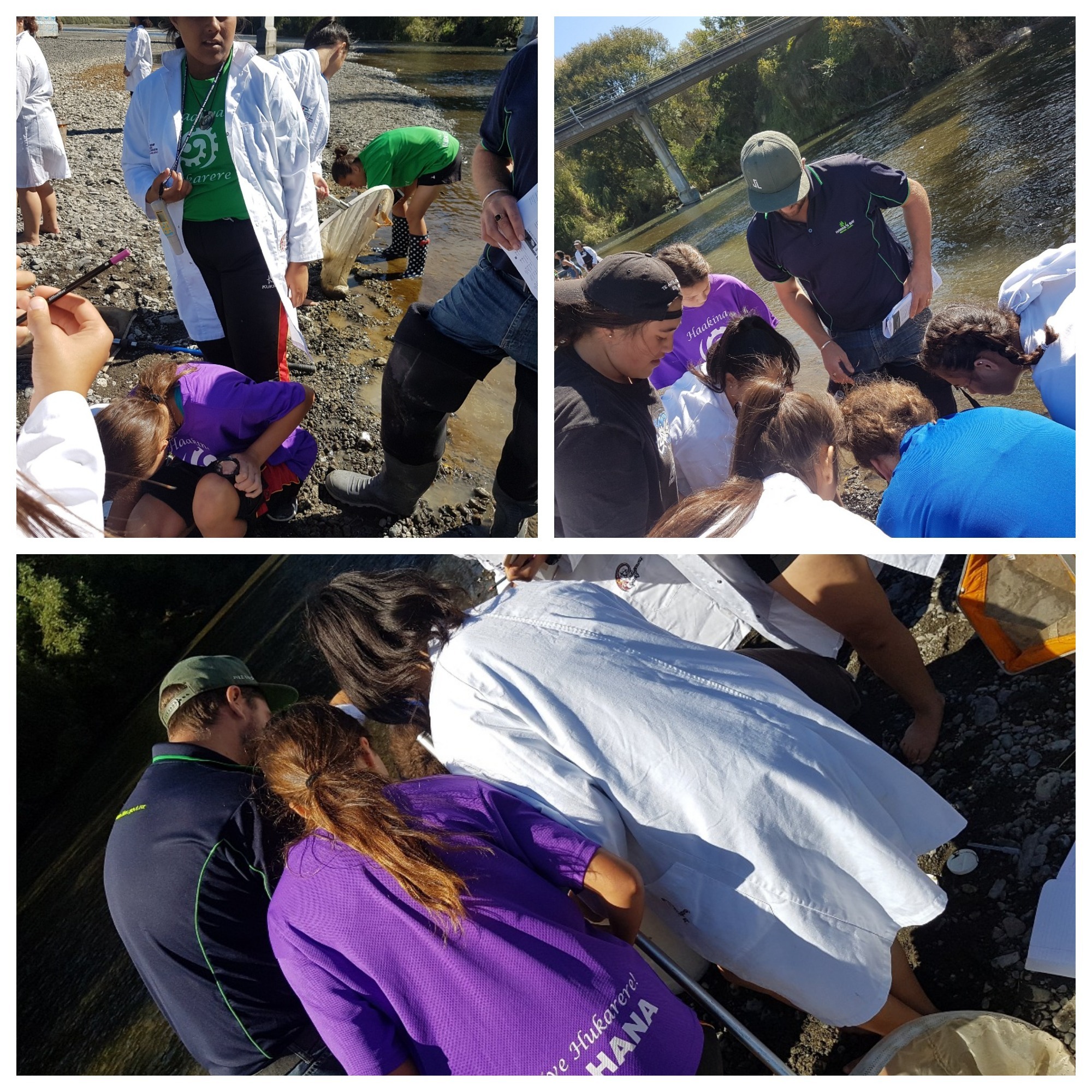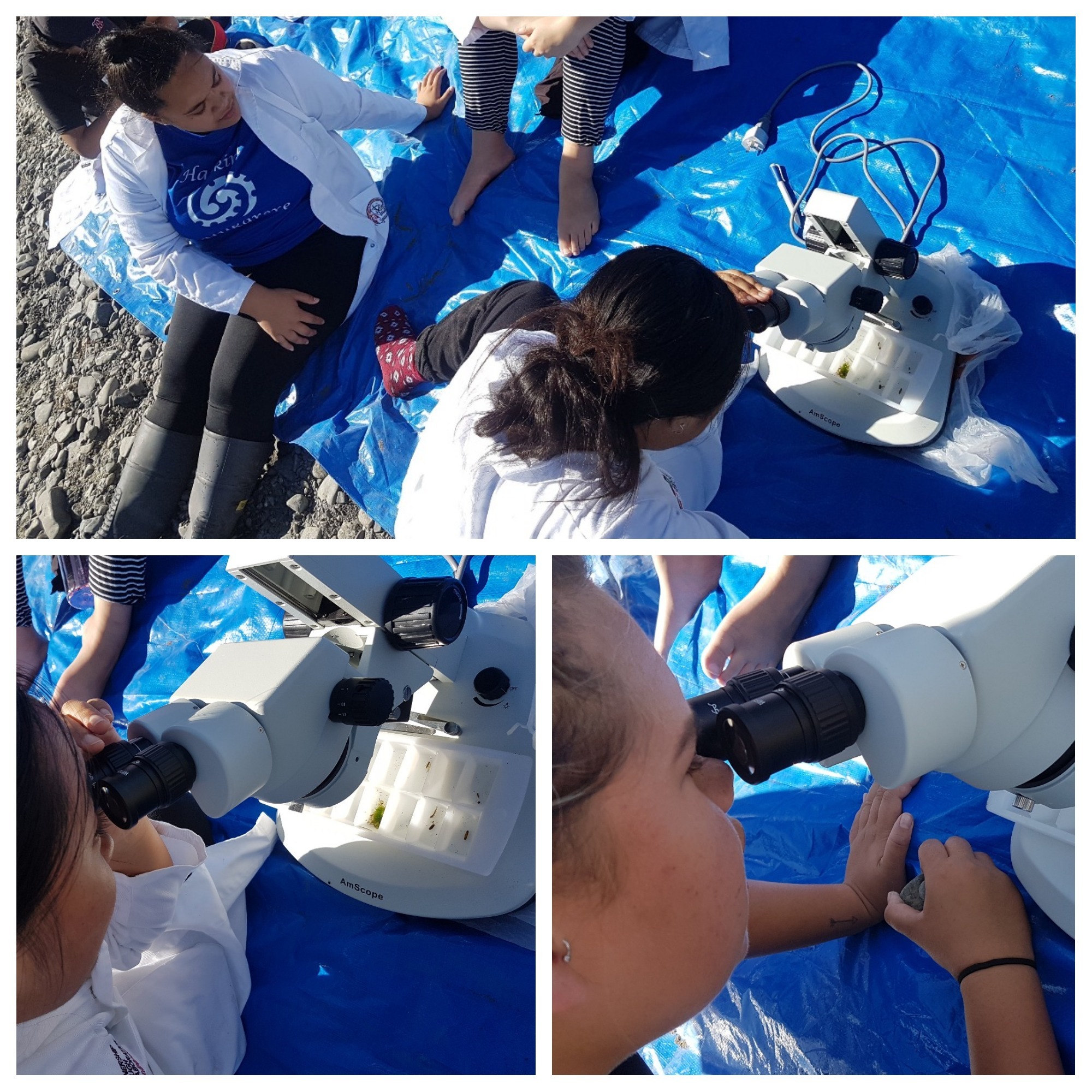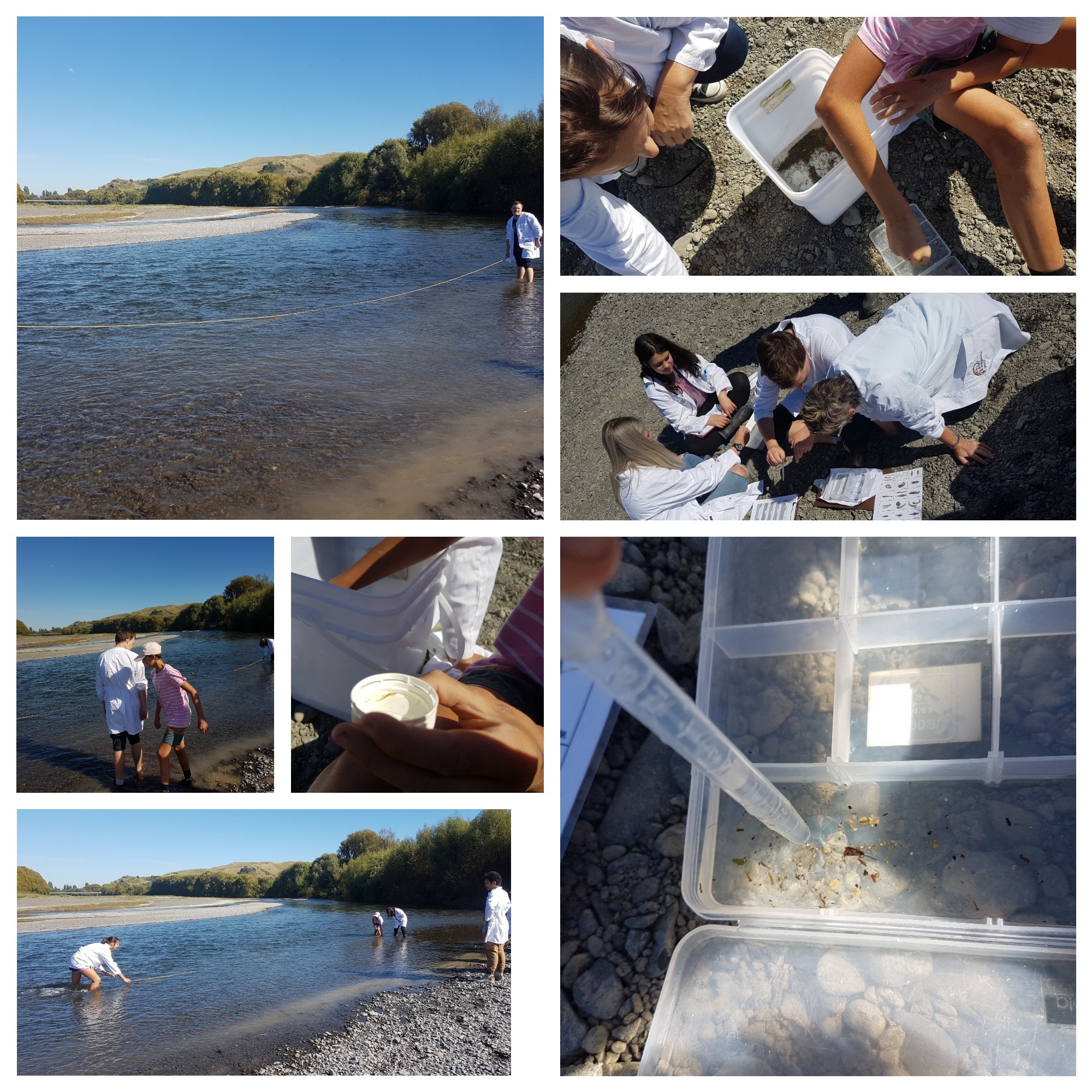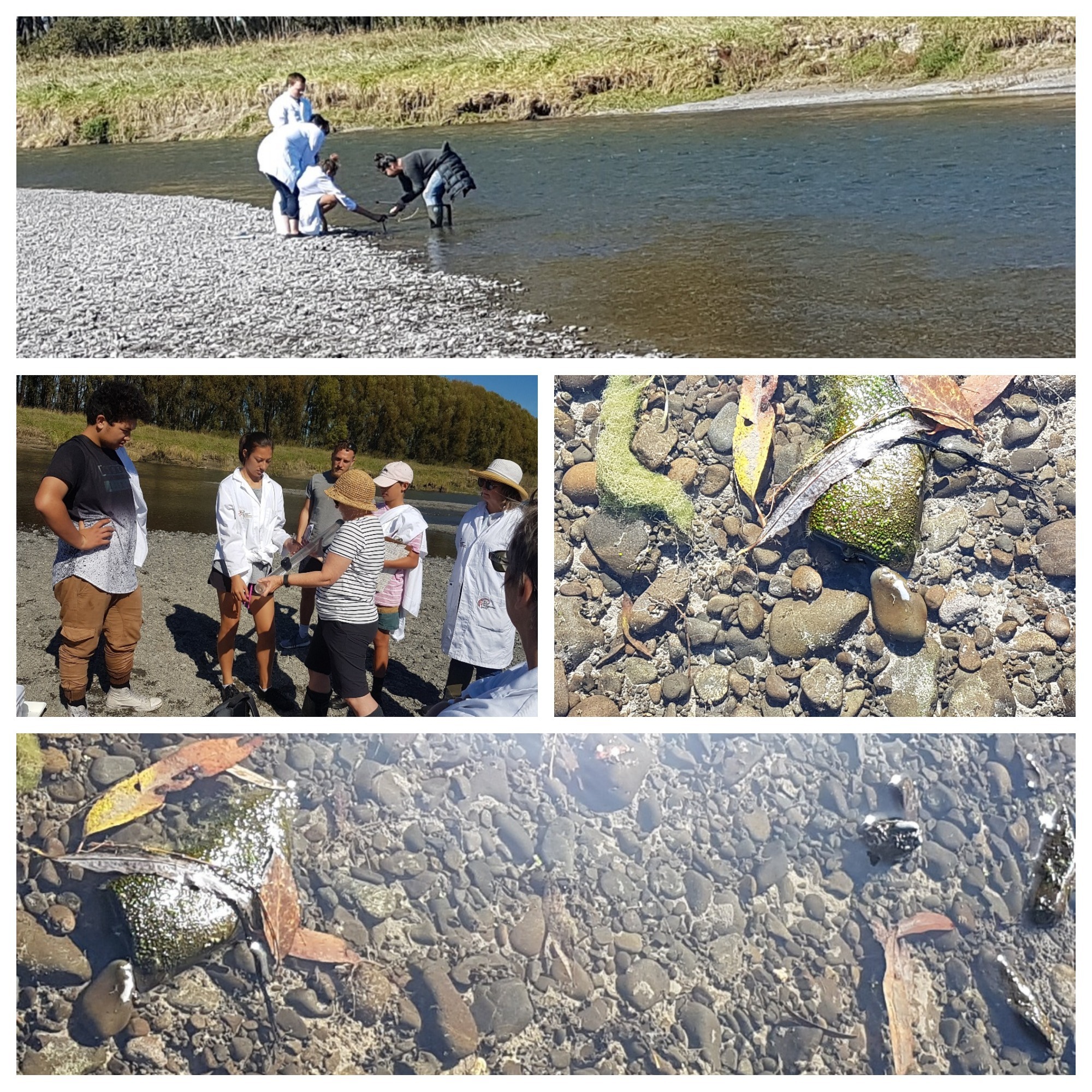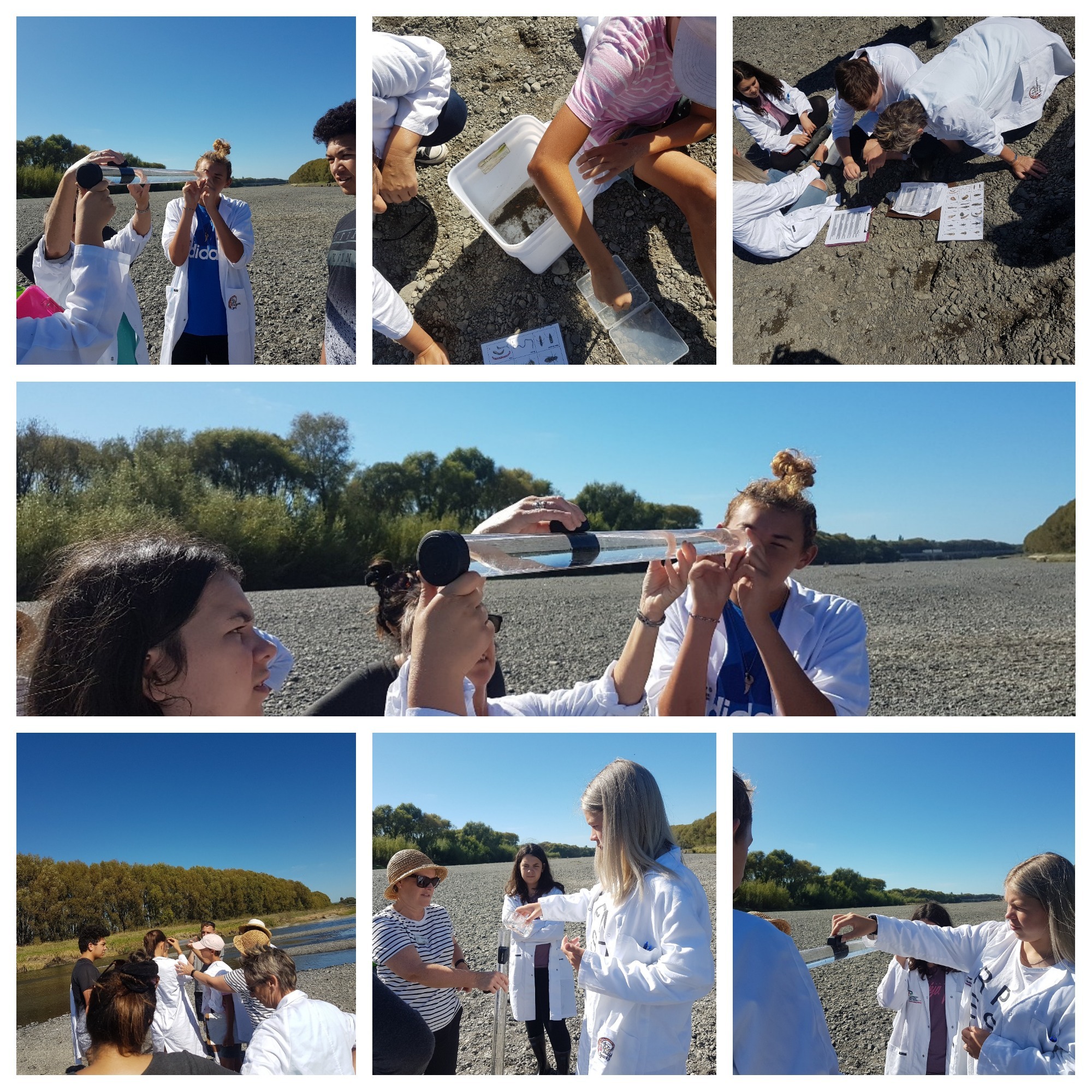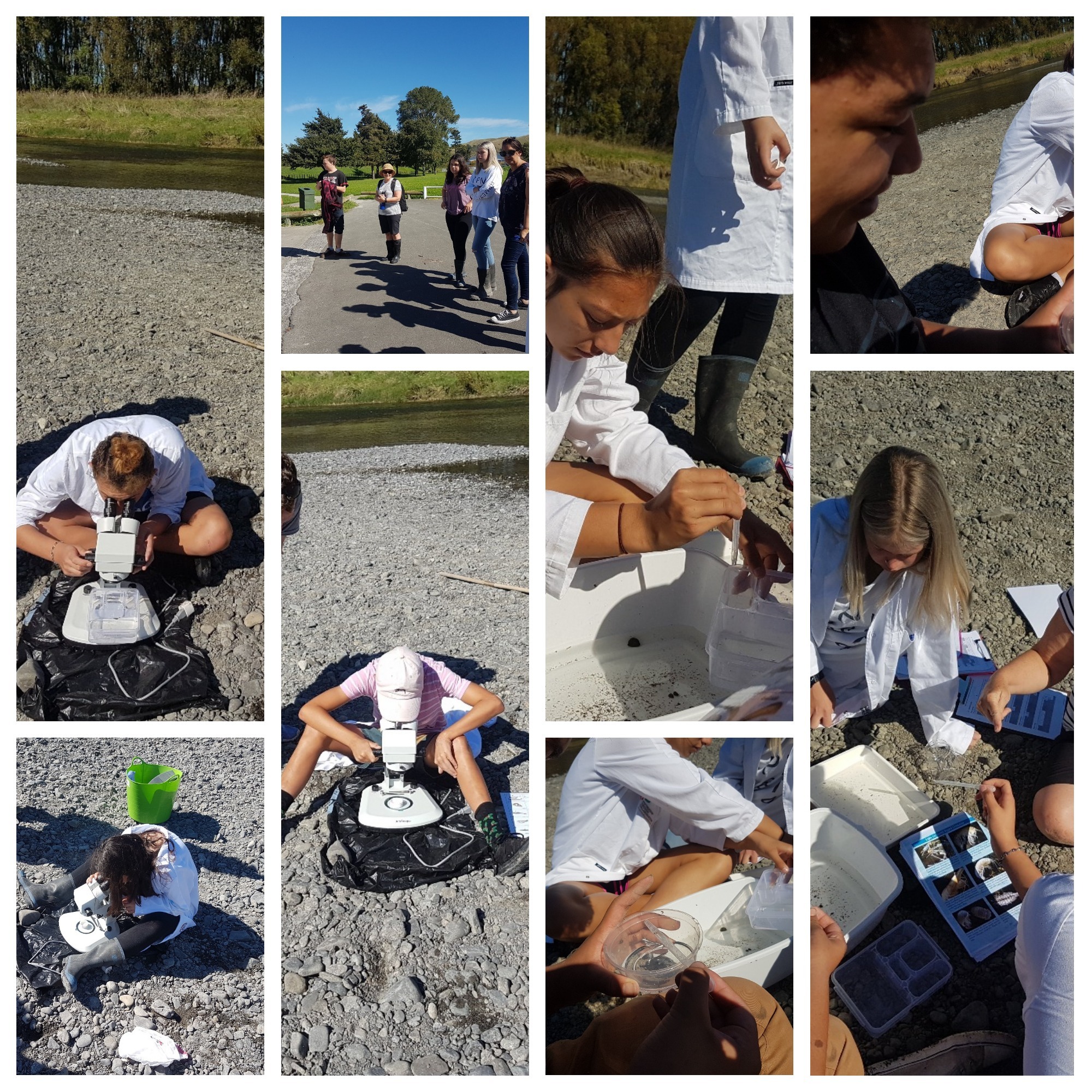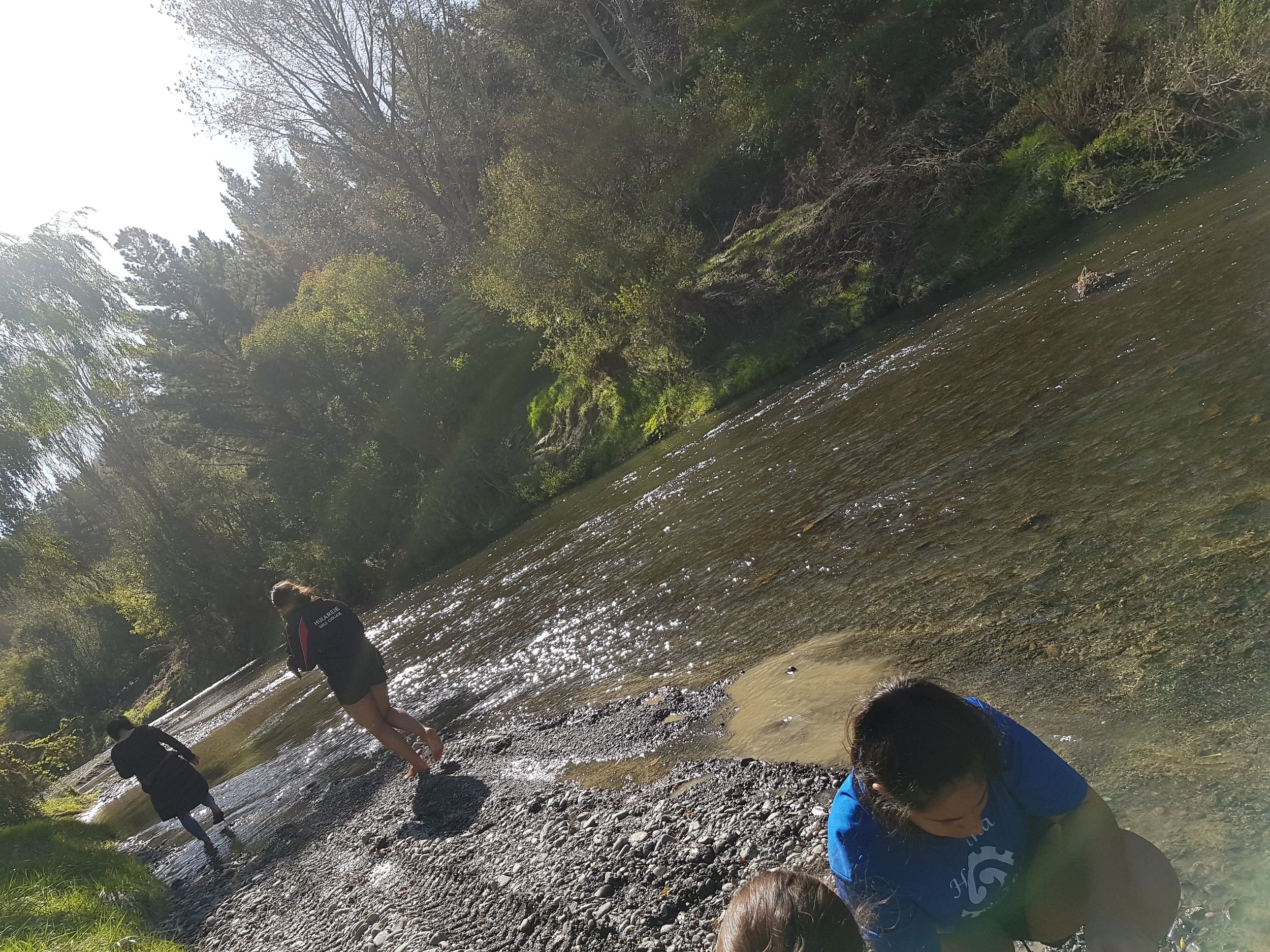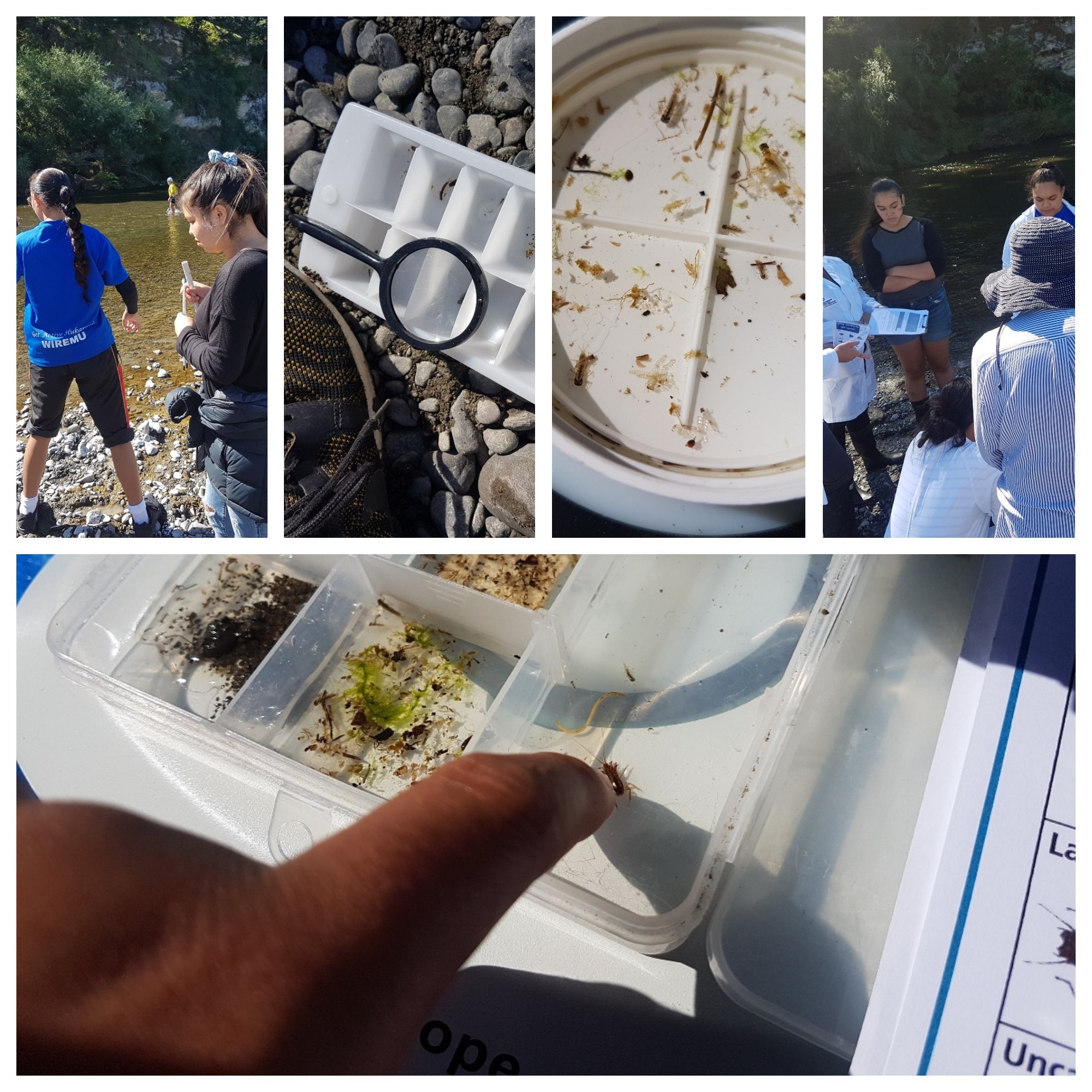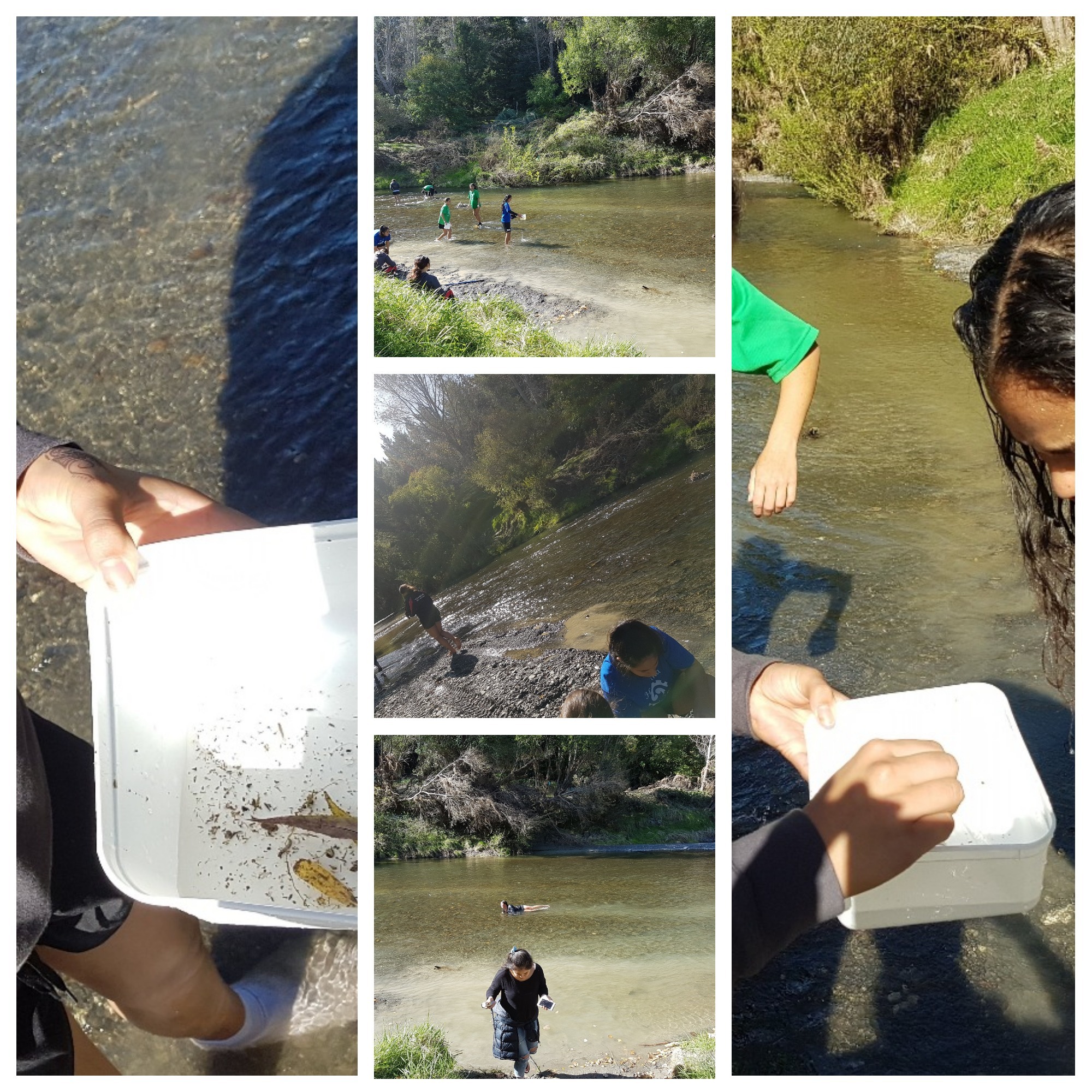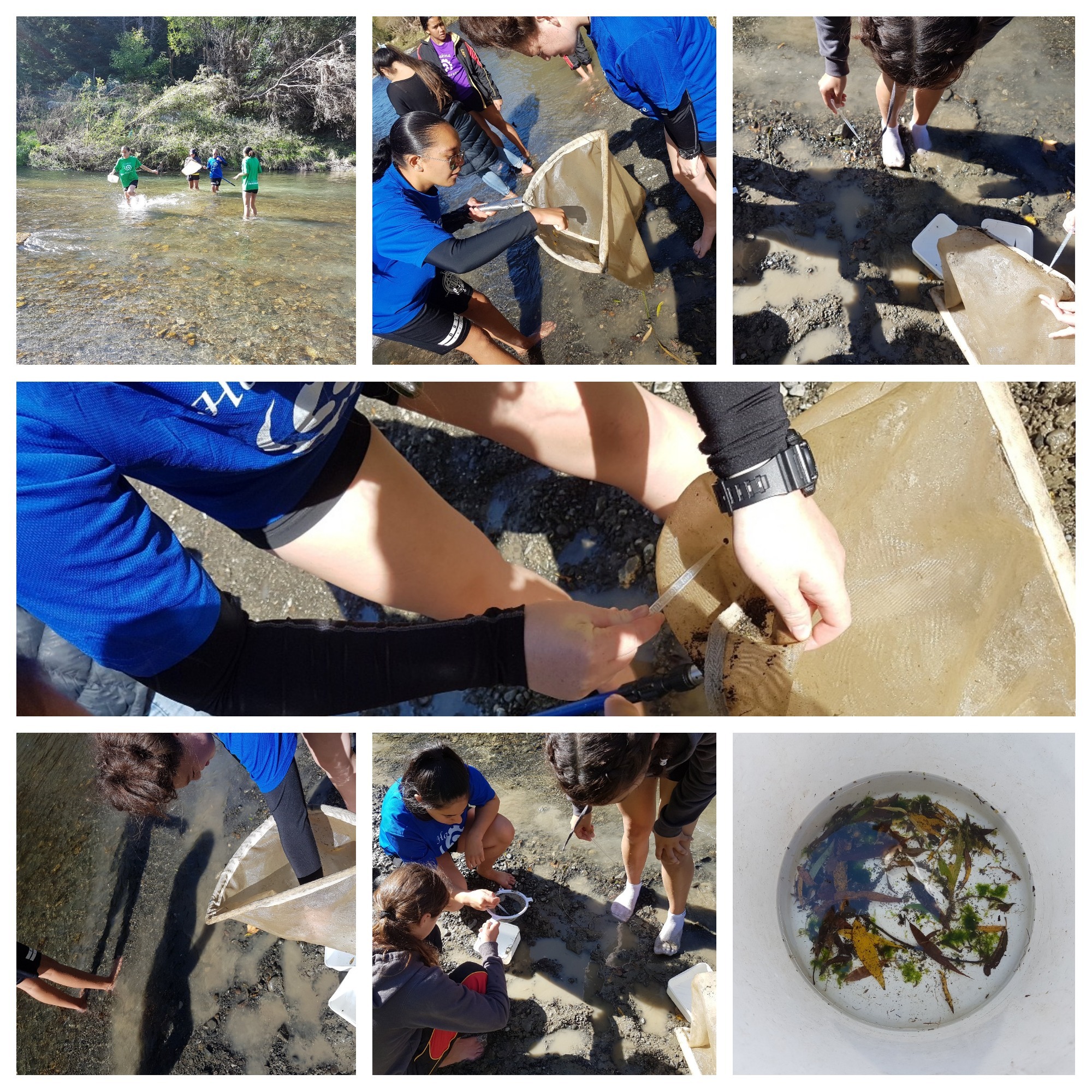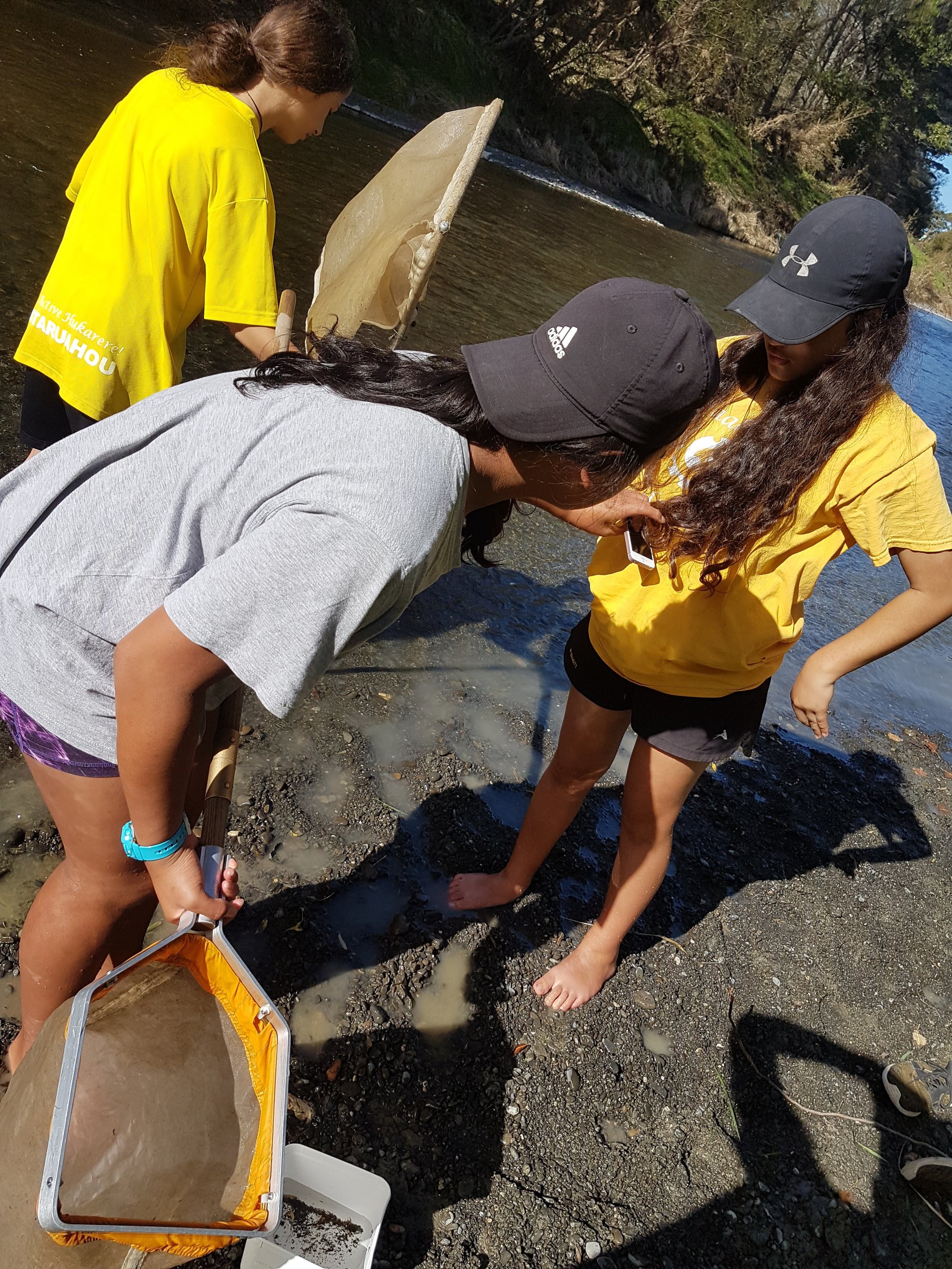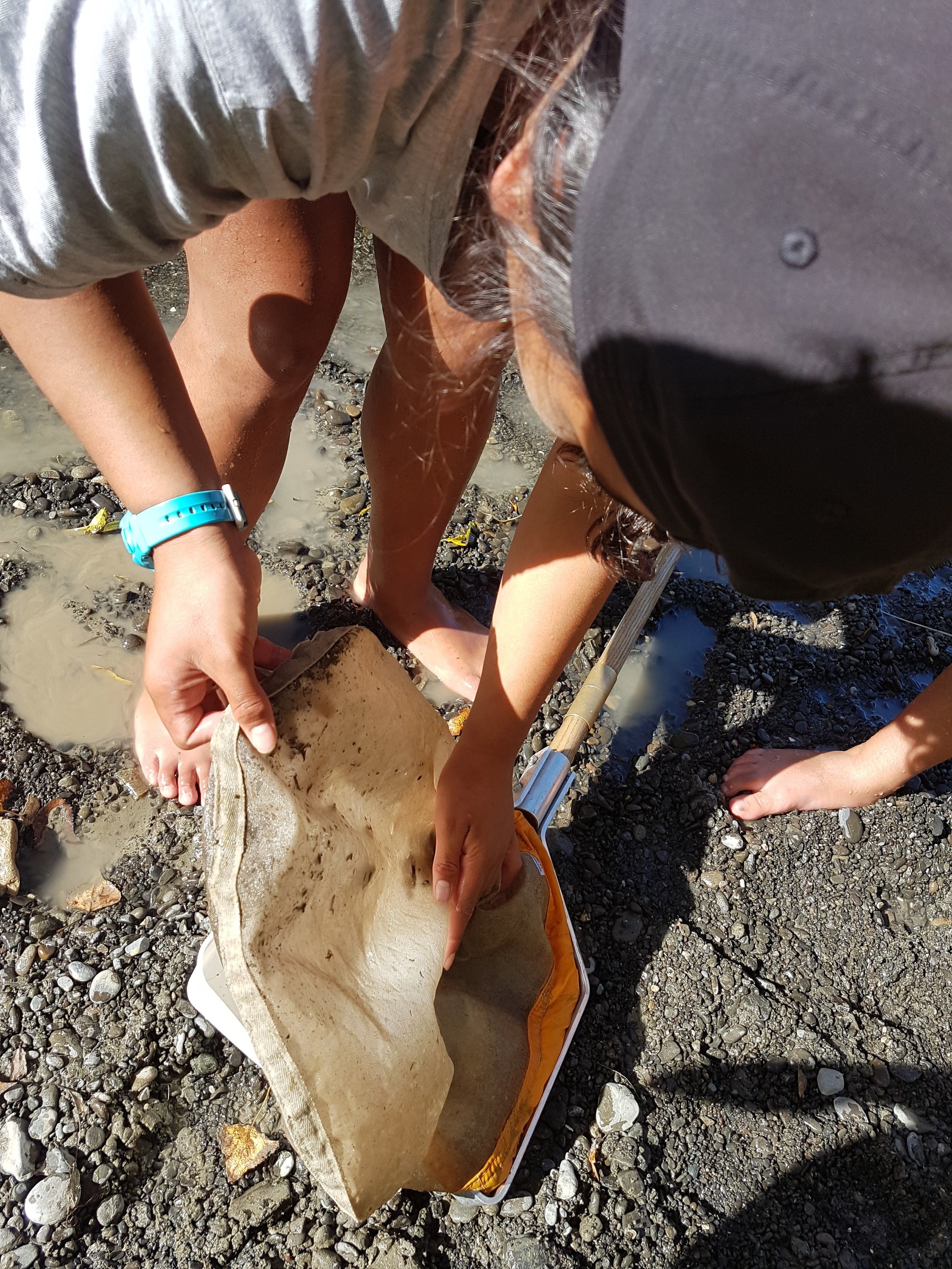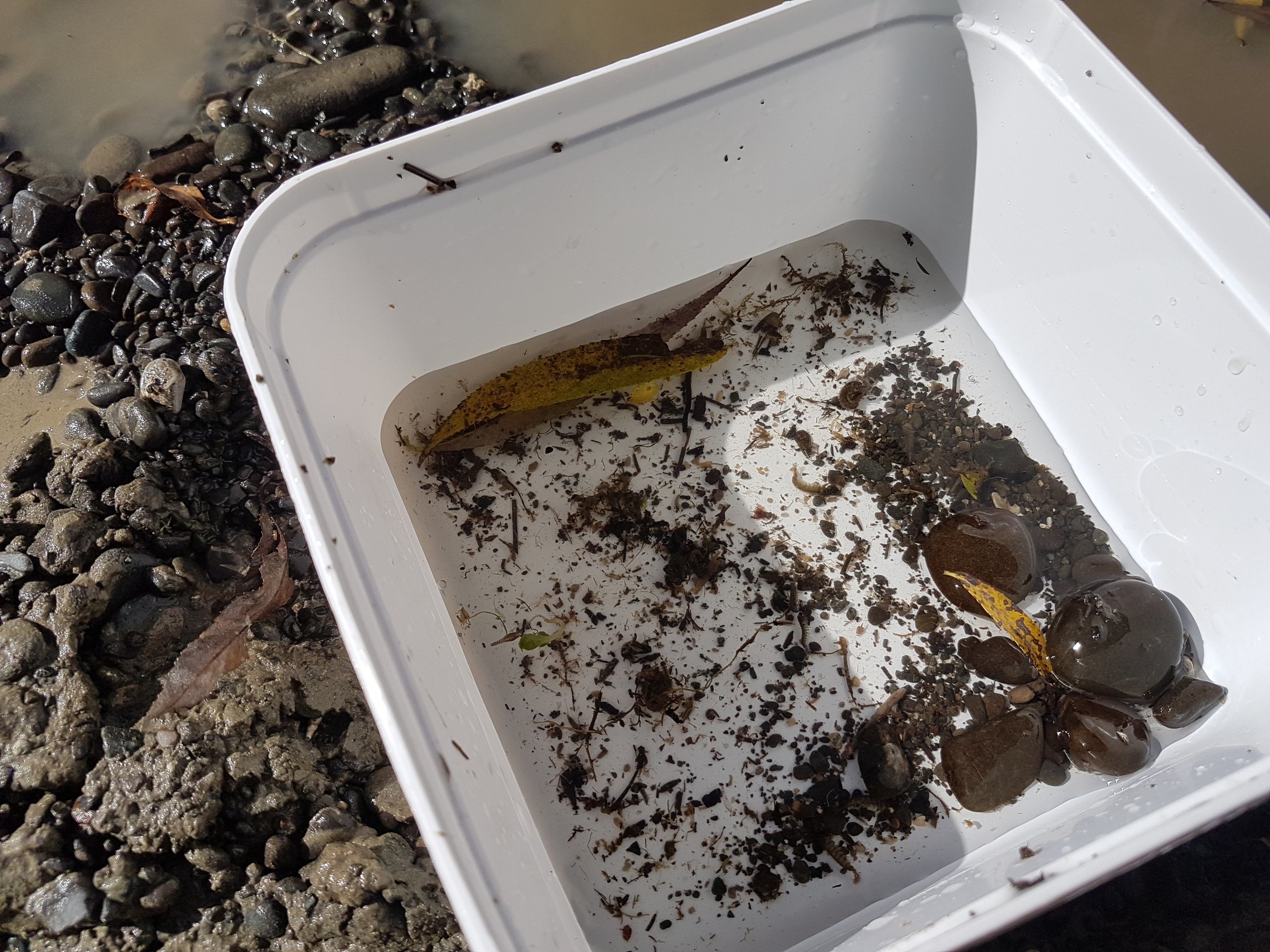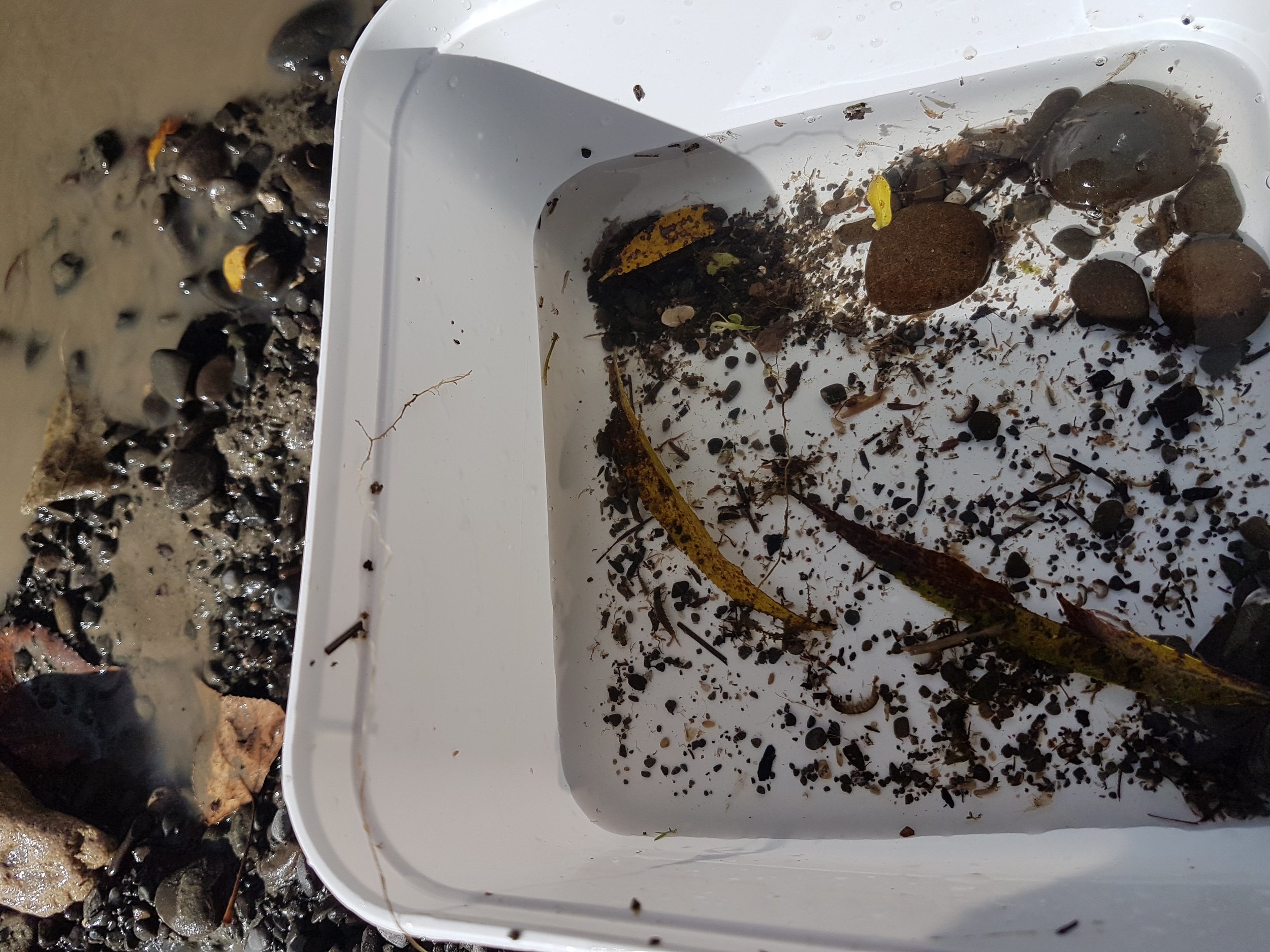River science Hawkesbay
Rangatahi from two Napier colleges conducted their scientific investigations at the Tutaekuri and Esk rivers. Led by Shane Gilmer, Water Quality & Ecology Team scientist and Sally Chandler Community Engagement Coordinator from the Hawkesbay Regional Council; the rivers provided a very good contrast for observation of stream type and invertebrate monitoring.
The Tutaekuri catchment supports a regionally significant brown and rainbow trout fishery. The trout populations in the catchment are self-sustaining, with trout spawning occurring in a number of tributaries. Year 10 and 11s utilised stream-bed composition data to determine stream type, whilst also recording their invertebrate count. The girls were also able to record small trout and baby eel throughout their observations.
Our future leaders also learnt that the Tutaekuri catchment has significant algae types depending on water quality conditions and climatic factors. Shane used the opportunity to identify various algae whilst explaining ways of distinguishing them.
Years 9 and 11 rangatahi from the Community college enjoyed measuring river flow and learning of its implications for their trout populations. Project leader and Cawthron freshwater fisheries scientist Dr John Hayes reported in 2016 that 'a river acts like a conveyor belt delivering the drifting food to the waiting fish.... As flow declines, the diminished power and transport capacity of a river result in less drifting food. A new computer model that our team developed predicts that this translates to fewer, or more slowly growing, fish.'
Students noted some real differences when they turned their investigating to the Esk River. This river is located along the Napier Taupo highway in the Esk Valley, is 15min drive from Napier and is very popular in summer for swimming. They observed that the surrounding land use is predominantly sheep/beef farming with some orchards and forestry. They also learnt how elevated bacteria levels are generally observed after heavy and prolonged rainfall when surface water runoff from adjacent farmland drains into the river.
Finally youths gained an appreciation of how their knowledge of overall climate conditions in any year can help you interpret the results. For example, with the summer being unusually warm and dry, then there is a greater likelihood of lots of green filamentous algae and a low score for periphyton in that summer monitoring.

